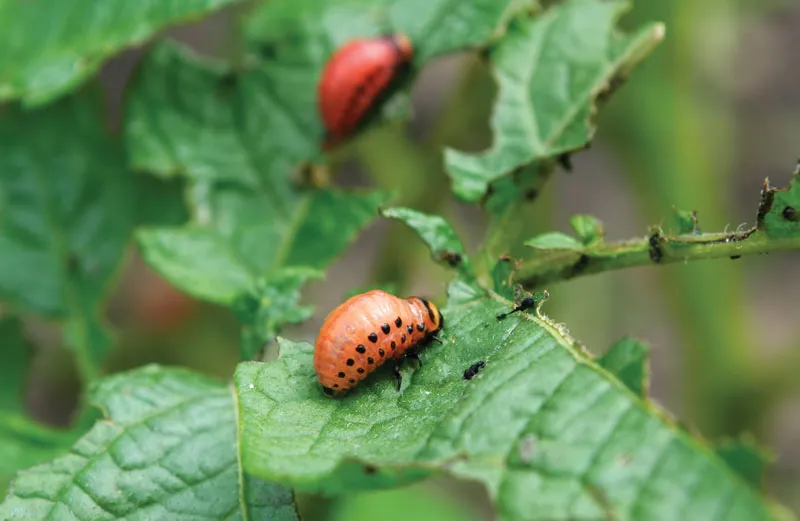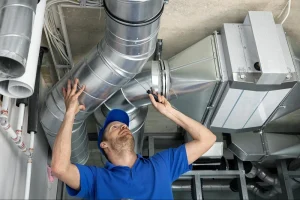According to pest management experts at Avata Pest Control resistance develops when pests become stronger against their traditional control options. Natural selection produces genetic changes in pests across their offspring making standard pest management more difficult to apply. When pests become resistant our efforts to defend ecosystem stability and keep agriculture running while preventing health risks become harder.
What Factors Create Resistance in Pests over Time?
Resistance appears through changes in pest populations from one generation to the next. The controlled methods sometimes fail because pests possess natural traits that protect them against these measures. The resistant pests duplicate and give their resistant genetic traits to their birth offspring. The pests that survive these methods reproduce and create large numbers of resistant offspring that future controls will not affect. Resistance takes longer to develop in pest populations depending on how many bugs reproduce and how strongly we monitor them.
What Role Do Genetic Adaptations Play?
Genetic changes help pests become stronger against control strategies. Changes in specific genes help pests survive by making new biological and chemical systems that break down treatments and escape detection easier. There are two genetic ways pests develop resistance. They can produce thicker skins or make more effective chemicals that destroy pesticides. These genetic transformations move through generations to produce populations that stay resistant to normal controlling approaches.
What Factors in Our Environment Make Pests More Resistant
The resistance traits of pests depend directly on their surroundings which include temperature changes and their living areas plus resource availability. Pests develop resistance faster when environmental heat speeds up their reproduction while enabling new genetic changes. When habitats are destroyed by humans and cities take over the land pests grow stronger and mutate faster. Examining these surroundings helps us create pest control methods that truly work.
What Can Integrated Pest Management Do to Deal With Resistance in Pests?
Integrated Pest Management uses various management techniques to fight pests effectively and reduces their chance of developing resistance. This method uses natural enemy populations combined with crop care steps along with mechanical tools and chemical applications that target only resistant bug populations. IPM systems work better when they employ different pest control methods to slow down a pest’s evolutionary response to treatment. Regular population checks help us understand better how to use pest controls more effectively throughout the years.
What Makes Joint Efforts Essential for Handling Resistance?
Effective pest resistance management requires scientists to work with both agricultural experts and government leaders. As partners exchanges scholarly results and new management systems they produce better ways to solve problems. Organized teams help support better rules and systems so control techniques are not misused. Working together as a group helps us control resistance better across the entire system.
Conclusion
The challenges pests pose when our typical control methods stop working result from genetic interactions with environmental conditions and human management practices. Knowing resistance’s scientific basis and using Multiple Pest Management techniques will reduce its harmful effects. Collaboration between experts helps researchers design pest control systems that protect the environment and keep farms operating well.






More Stories
5 Benefits of Choosing Experts for Ductwork Repair Needs in Orange County
The Ultimate Guide to Finding Affordable Handyman Services for Your Home Improvement Needs
10 Best Pest Management Tips for School